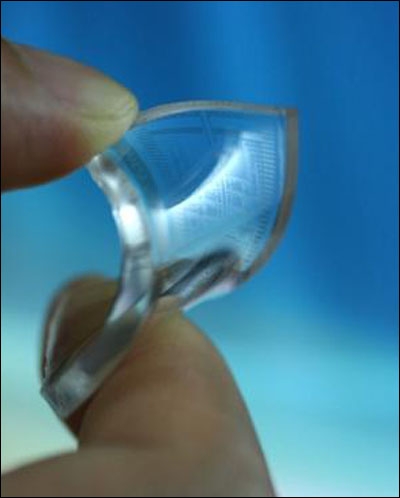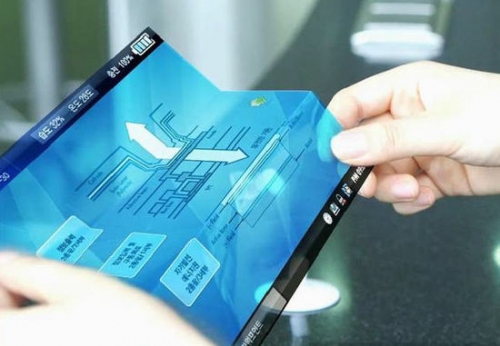
Professor Hong Byung-hee, 37, and Dr. Kim Geun-soo, 32, from the Sung Kyun Kwan University Advanced Institute of Nanotechnology, and Dr. Choi Jae-young, 39, from Samsung Electronics, formed a team to study graphene. On the 14th of January they released their thesis about the synthetic process of creating large area graphene to the online magazine Nature. This thesis describes a new process for manufacturing large area graphene sheets and the patterning technology to organize circuits with graphene.
For those who are not familiar with graphene, it is basically one sheet of the many that make graphite. Graphite is the very useful substance that makes pencil lead. Graphite is composed of thin sheets, or flakes, of carbon. The thin flakes are flexible but inelastic, and the mineral can leave black marks on hands and paper. Even though graphite is so weak, one flake of carbon itself is very stable and can conduct electrical current 100 times faster than copper. It can also deliver electrons 100 times faster than silicon and has the most thermal conductivity in the world. These properties of graphene were discovered in 2004.
However, researchers faced some limits with graphene in that the sheets could only be made the size of a few micrometers. Different from existing production methods to split graphene, Professor Hong and his team adopted nickel as a catalyst and used methane and hydrogen gas at 1000°C to conduct chemical vapor deposition. Using this method they succeeded to make larger graphene sheets of 2 by 2 centimeters. This is larger than a normal size semiconductor wafer.
Most amazing of all, the main application will most likely be transparent flexible displays. That means this new technology will make it possible for people to roll or fold up a transparent flexible display and carry it easily. In other words, we will be able to keep our large flat TV crumpled in our pocket and later watch dramas in a tent with the same video quality as at home. The implications are, quite frankly, fantastic!

If the mass manufacturing process is established, it is expected to have import substitution effects of hundreds of billions of won per year. Moreover, it will have tremendous ripple effects to the whole of the flexible electronics industry. The Korean Electronics Technology Institute recently forecasted that the world’s market for transparent electrodes will grow from 7.7 trillion won in 2008 to 22 trillion won in 2018. Indium Tin Oxide (ITO), the existing material used for transparent electrodes, is fragile and has a high unit price. Therefore, if companies succeed in the mass production of graphene, it will be a potent substitute for ITO.
Professor Hong said: “Graphene is transparent and keeps its electronic properties during stretching and bending. Because of these features, we expect that graphene will be commercialized first as transparent electrodes like displays, touch screens, and solar cells.”


